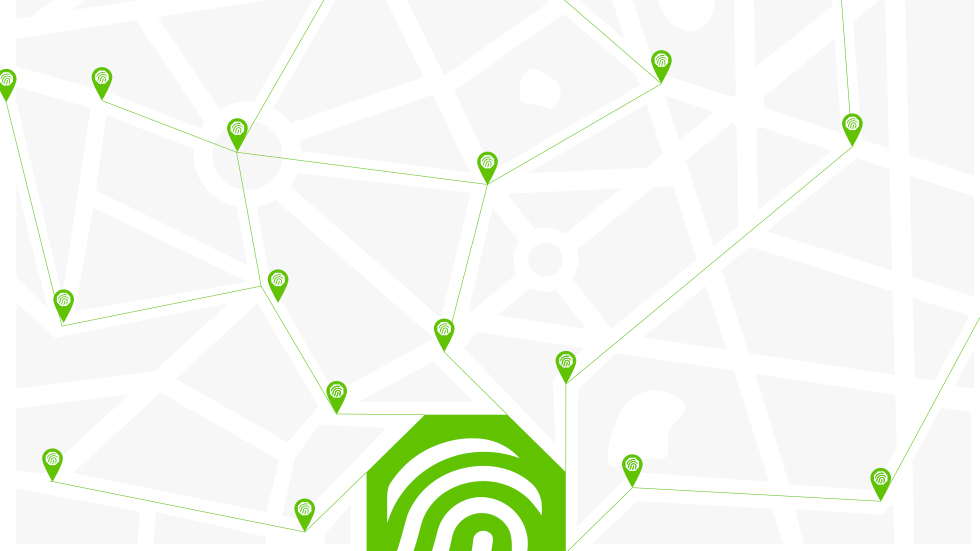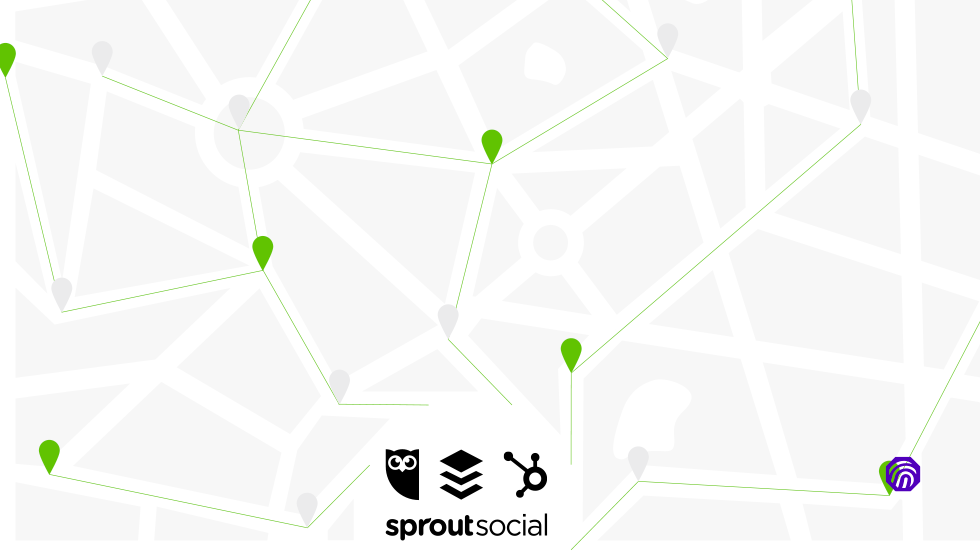Hootsuite, Buffer, Sprout Social, Hubspot; you’ve heard these names before – social media management tools that help automate your workflow and deploy your brand’s content on various social platforms at the time of your choosing. If you are a small or medium-sized brand operating with a handful of retailers in your ecosystem, these tools are more than enough to amplify your social presence.
But what if you have tens, hundreds, or even thousands of independent retailers, all selling your products? Chances are, those same management tools can’t provide the things you need most for your social strategy: segmentation, access, and therefore scalability.
Brands and retailers understand the importance of delivering high quality, brand-curated content at the local level. If you operate in a brand-to-local model that relies on independent retailers, localizing your brand content through your retailers can help your content go much further, providing your expensive marketing assets a much longer runway to work for you.
But if you don’t have the ability to effectively segment and syndicate that content at scale, everyone loses.
Not All Tools Scale Alike
Scalability in social marketing is vital to achieving the maximum amplification of your brand. You know this already, but it’s difficult to find a tool that effectively scales to meet the intricacies of your brand and retail network.
Unfortunately, many social management tools that offer enterprise plans for interested brands simply don’t go far enough to cover every single independent retailer in your network and their unique needs. What’s more, once you’ve bought the software, you are left on your own to onboard each of your hundreds or thousands of retailers. Getting the attention of your entire retail network and getting them on-boarded with a new platform can be costly and time-consuming, especially if you don’t have a framework for an effective adoption strategy that you’ve used in the recent past. What’s more, if social tokens break or fail, troubleshooting and re-establishing retailers can be burdensome and tedious. When considering software solutions for your network, you need to ensure that you have a plan to successfully onboard your network or a partner that has the expertise to do it for you.
And the problem isn’t just a matter of how many people you can deploy to; once they’re on board, you still have to find a way to ensure that Retailer A–who only sells Widget A–doesn’t mistakenly get content for Widgets B and C. When you have a diversified product line that serves different markets and considerations like language, location, climate, regional regulations and other factors come into play, the same considerations must factor into your digital content syndication as well.

The Tool You Didn’t Know You Needed
We believe that it’s important to have a tool that can effectively segment your content while maximizing its reach across your entire retail network.
Enter ThumbStopper.

With machine learning algorithms and artificial intelligence in our software, we’ve made it easy to ensure your brand’s content is in the right place at the right time while synchronizing your brand’s messaging across your entire network of local retailers. Through our Brand Manager™, we’ve enabled brands to deploy their digital content to their subscribed retailers with ease and efficiency.
Our tool allows brands to manage the content flow to their retail network without having to ask the retailer to do anything once they’re connected, making it possible to maximize the ROI from the content your brand creates to establish a powerful network effect.
What’s more, each instance of our software comes with a dedicated Brand Concierge, focused on maximizing the adoption rate of your retail network. Our extensive knowledge in working with brands that rely on a large network of independent retailers means that we know exactly how and when to communicate with your distributors, sales team, and retailers to ensure everyone is in-the-know and connected to your brand’s program.
ThumbStopper turns the once tedious work of onboarding retailers and deploying content into a passive afterthought rather than an active responsibility. ThumbStopper brand clients spend an average of 1-2 hours per month in our software but see an average of 300% more impressions on social media for the effort.Interested in learning more? Drop us a line and find out how thousands of business partners are achieving maximum brand amplification at scale with ThumbStopper.




